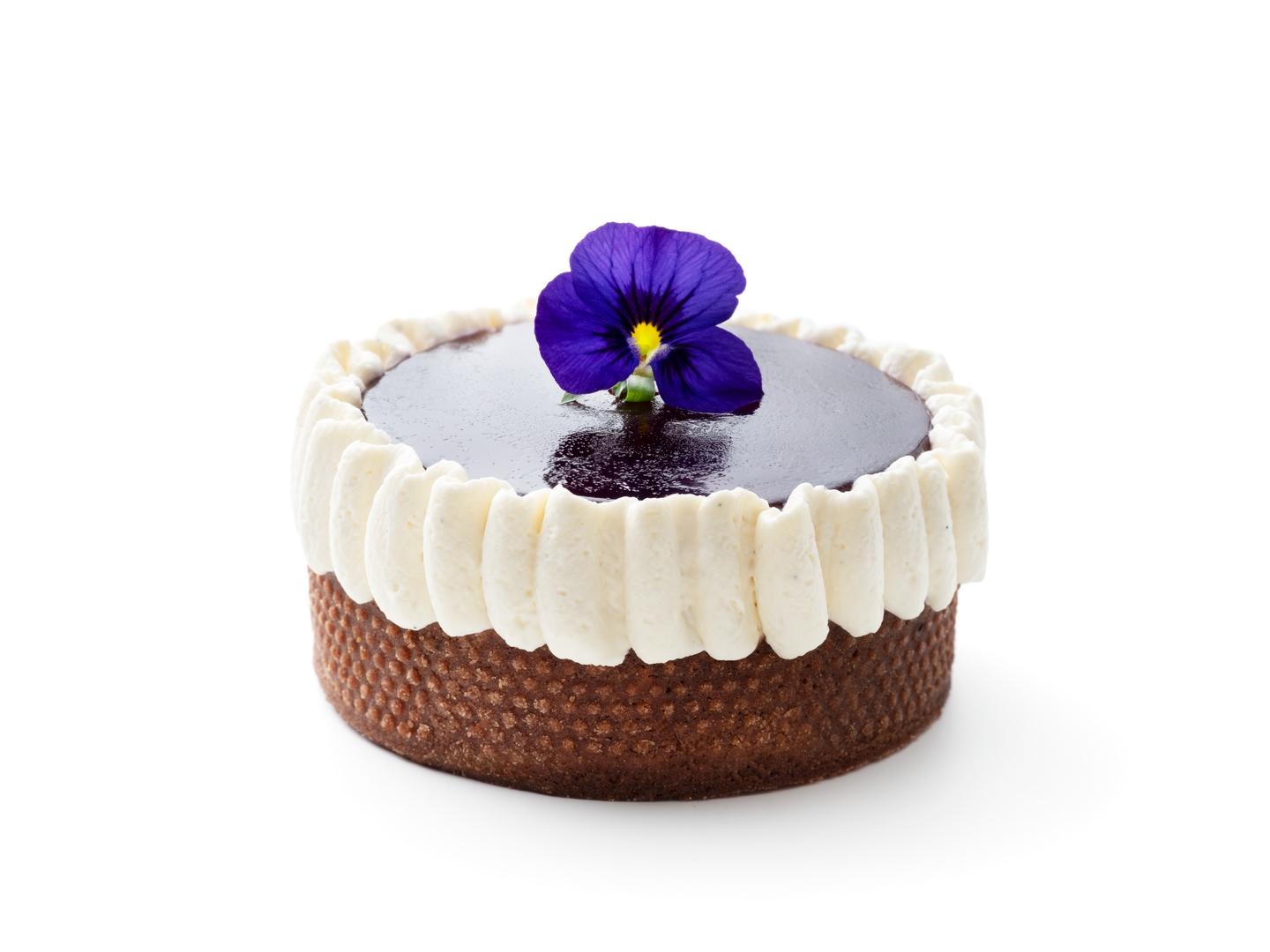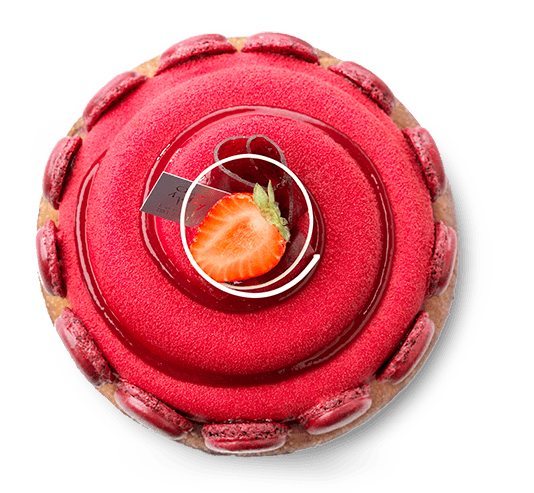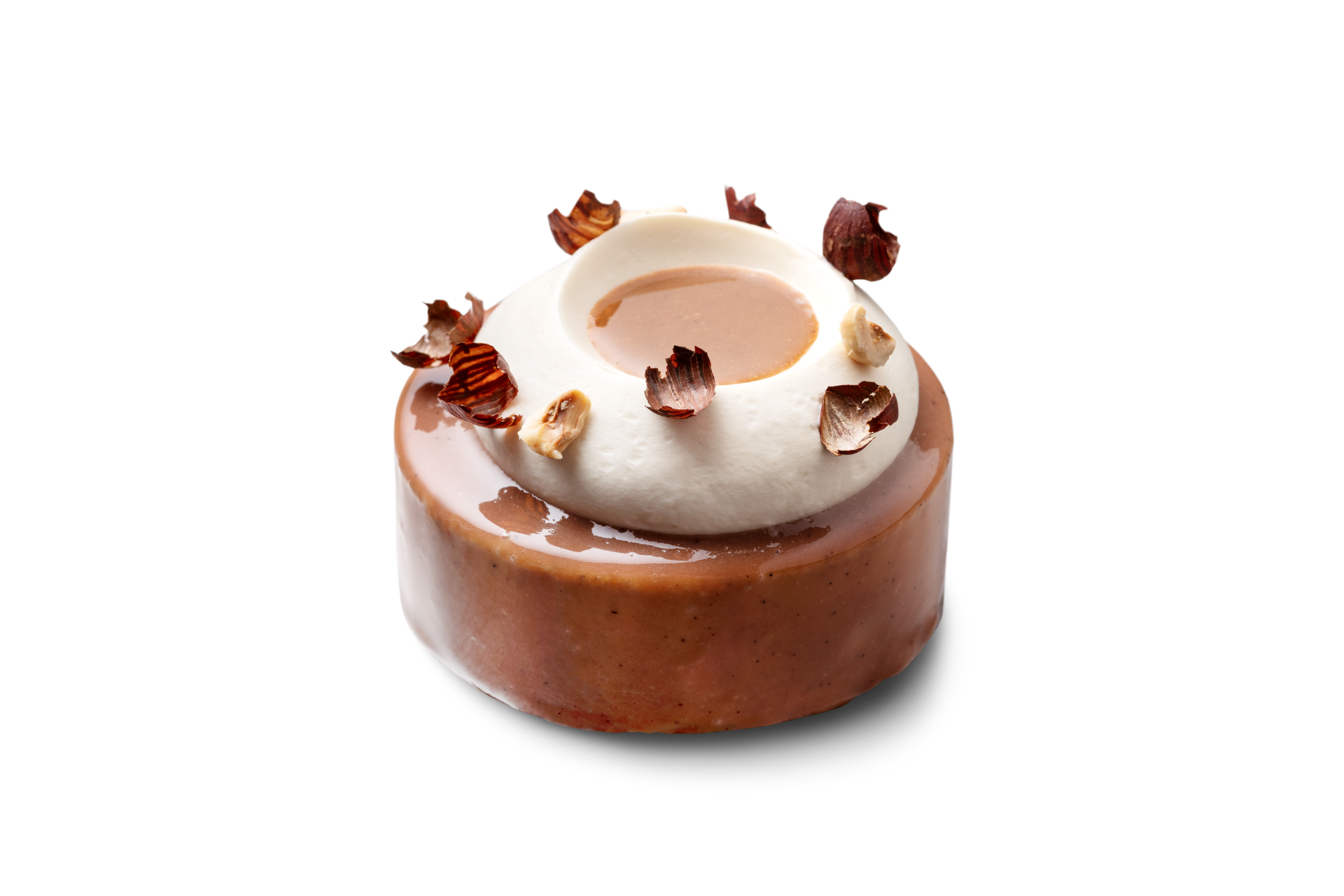A twist of fate: How Dutch chef Maurice Petitjean's Pattiserie began with a Berlin plan gone awry
A small budget, a squat in Rotterdam and rickety chairs and tables – are they compatible with perfectly designed French pâtisserie? Maurice Petitjean has proved just that. His éclairs, croissants and tartelettes are flying off the shelves and being widely shared on social media. ‘I think the fact that we don’t have a budget of millions for interior design and marketing is part of our charm. We focus on a delicious product and the feel-good factor.’

If he could, he’d love to get a steady job. One with a regular income, a holiday allowance and nothing to worry about when you leave your workplace at the end of the day. But that’s not an option for Maurice Petitjean. He is driven to make attractive and delicious treats and sell them to the public, exactly in line with his vision: in an atmospheric setting, with friendly staff and from a display counter that has children (and adults!) drooling in anticipation. In his shop, Le Petitjean, he presents croissants with a lemon meringue topping that are described as ‘voluptuous’ in the national press, and from which home-made pistachio praline oozes when they are cut open. He makes tartelettes that are almost too beautiful to eat and éclairs that have you licking your fingers in advance. Parisian perfection in Rotterdam: a feast for all the senses.
It was a matter of sheer chance that Dutch chef Maurice Petitjean even opened a bakery. ‘I was about to go to Berlin, just on spec. It was a place where I wanted to be. When the rental for an apartment there fell through at the very last minute, I used the budget for the move to open a bakery. It wasn’t much: five thousand euros to set up premises in a squat in Rotterdam and buy my first ingredients and machinery. I rode a cargo bike through the city to gather together second-hand chairs and tables and took over an old coffee machine from a previous employer for next to nothing.
There was already a small oven on the premises: the crappiest oven you can imagine. And then I just got started. At first, we had four items in the range and when they were gone, they were gone – we would close the shop. I remember that initial period mainly as lots of coffee and not much sleep. I’d bake early in the morning, then open up for sales and coffee. When I was sold out, I’d go back into the kitchen and start all over again.’
‘I’m completely self-taught, mainly through videos on YouTube and information on the Internet.’
Le Petitjean’s range consists of French classics: croissants, viennoiserie, tartelettes, éclairs and also chilled French pâtisserie. ‘Offering both viennoiserie and chilled pâtisserie is a big challenge’, Maurice admits. ‘Plus we make everything ourselves. We don’t use mixes, semi-finished products or compounds: I want pure flavours. Sometimes I take something out of the range to relieve the pressure in the kitchen, but as soon as we have half an hour to spare, we come up with something new. We’re always busy!’
Maurice starting out getting a lot of his inspiration through social media. ‘The algorithms on my business Instagram account only show me pâtisserie and viennoiserie these days. What’s more, all I get to see is the same things with the same format. When a top chef or baker makes something, it appears again and again in all kinds of variations. That’s why I've gone back to being a bit anti-social media. It sparked my interest in the first place, but now I mainly want to get on with actually doing it myself.’ The fact that he’s hugely popular on TikTok, where young people in particular are posting about the delicious things they’ve eaten, has therefore completely escaped the Rotterdam pâtissier’s notice. He does know that he has almost thirteen thousand followers on Instagram, though.‘I never made any effort to achieve that or organised any campaigns for it. It came about naturally. I personally see it as more important to focus on my products than on TikTok videos or other contrived content. Every day there is a moment where I think “Wow, this would make good content for social media,” but then I rarely make any time for that.’ Attracting physical customers has also been an organic process.
‘Le Petitjean opened in the middle of the COVID pandemic, which in retrospect worked strongly in our favour. You were only allowed to offer takeaway, and I couldn’t afford any chairs or tables at that point! I was able to introduce the first customers to our range in this way. A well-known blogger in Rotterdam published something about us, and because everyone was looking at their phones all day during the pandemic, our brand awareness quickly took off. There was a queue in front of the shop from the very first weeks.’
'A perfect dessert includes several components. It ought to have something creamy, something crispy, something airy and something deliciously smooth.’
Maurice once studied Art & Design, but also has a lot of experience in the catering industry and has worked as a sous-chef in various kitchens. ‘On the cold side of the kitchen, I got to know pâtisserie and desserts, and that’s how my love for this profession came about. Pâtisserie is very technical and there’s always more to learn in this area. The same also goes for cooking – but once you start cooking at a really high level, you’re heading towards Michelin. I really like the flavours and techniques that go with that, but I’m not so keen on the associated vibe. That’s why I opted for pâtisserie.
I didn’t train as a baker: I’m completely self taught, mainly through videos on YouTube and information on the Internet. It is and remains a matter of looking things up, trying things out and testing every day. For example, I’m very interested in fermentation, because it gives certain products a slightly different flavour profile. I find it interesting to seek a balance between French classics and innovative techniques of this kind.’
‘Petitjean’s pâtisserie is picture-perfect. The pastries are so attractive that they deserve a page in Vogue,’ writes a culinary website about Le Petitjean’s range. Viennoiserie plays a leading role in this range. There are sweet treats such as pain au chocolat and croissants filled with pumpkin pie cream, and Maurice also bakes savoury snacks, for example with blue cheese. The refrigerated display case features sleek French pâtisserie: opera cake, lime gateau, rum baba. The classic Paris-Brest, a round choux pastry filled with hazelnut and caramel cream, is one of his favourites. ‘
At the moment, we only offer individual pastries. I’d like to present larger items, but we just don’t have the space for that at the moment. And in any case, the individual items have a more attractive margin.’Maurice makes no apology for the prices he charges for his products: compared to other bakeries in the Netherlands, they’re high. ‘At some random café, they’ll easily charge four or five euros for a croissant with butter and jam. There’s a good chance that you’ll get a factory croissant. I consider our prices realistic for a traditionally made product baked with butter. On social media, we show how labour-intensive certain processes are, how long some products take to get your hands on and how many high-quality raw materials we use. This creates more understanding of our price levels. In any case, I don’t feel the need to cater to all consumers. If you don’t want to pay this much, there are plenty of other places in the city where you can go. Part of Rotterdam appreciates my products and thinks them worth the price: that’s enough for me.’
At the beginning of 2024, Le Petitjean moved to a new location: a pop-up shop in the former Rotterdam Bergweg station in the north of the city. A complete food hall has now been built there, with a variety of catering establishments. The public is slightly different from at his previous location, but Maurice still has about half his customers eating in. The other half take their treats home or eat them on the go. ‘We see a lot of local people from
the neighbourhood. Families include a visit to us in their weekly routine, mainly on Sundays. Others sit with their laptops here during the week.’
Maurice eventually hopes to move into premises of his own. ‘I’m currently thinking a lot about the right format. My inclination is towards a bakery café with a smaller assortment to go. A sit-down establishment requires a lot of staff and therefore has high costs, but the idea’s too nice to let go. And in any case, I feel the heart of a chef beating inside me again. I’d like to offer a small menu in addition to our sweet assortment.
I’m thinking of a lunch menu and wine, cocktails and a small snack menu in the evening. Rotterdam has lots to offer, but I still miss a certain type of café where I’d like to sit down myself. A place where you can go on your own for a glass of wine and a good plate of food that doesn’t cost an arm and a leg. I think people are a bit fed up with shared dining or paying a lot of money for two small bites. I see a future for a nice format around our pâtisserie.’ Maurice realises that he’s obsessed with his work. ‘You have to be slightly crazy to start your own business and be prepared to risk everything. I think I have a bit of a stubborn streak in me which can make things difficult for both myself and those around me. At the same time, that stubbornness ensures a unique business profile with distinctive features. For me, it always has to be perfect. It’s everything or nothing – and the same goes for sport or in my private life. And even then, everything turns out not to be good enough. I want two times everything. Only then am I satisfied.’
Try Maurice's delicious recipe's from his pattiserie collection

Read about Chef Gee's culinary expertise in this interview!
Discover more







